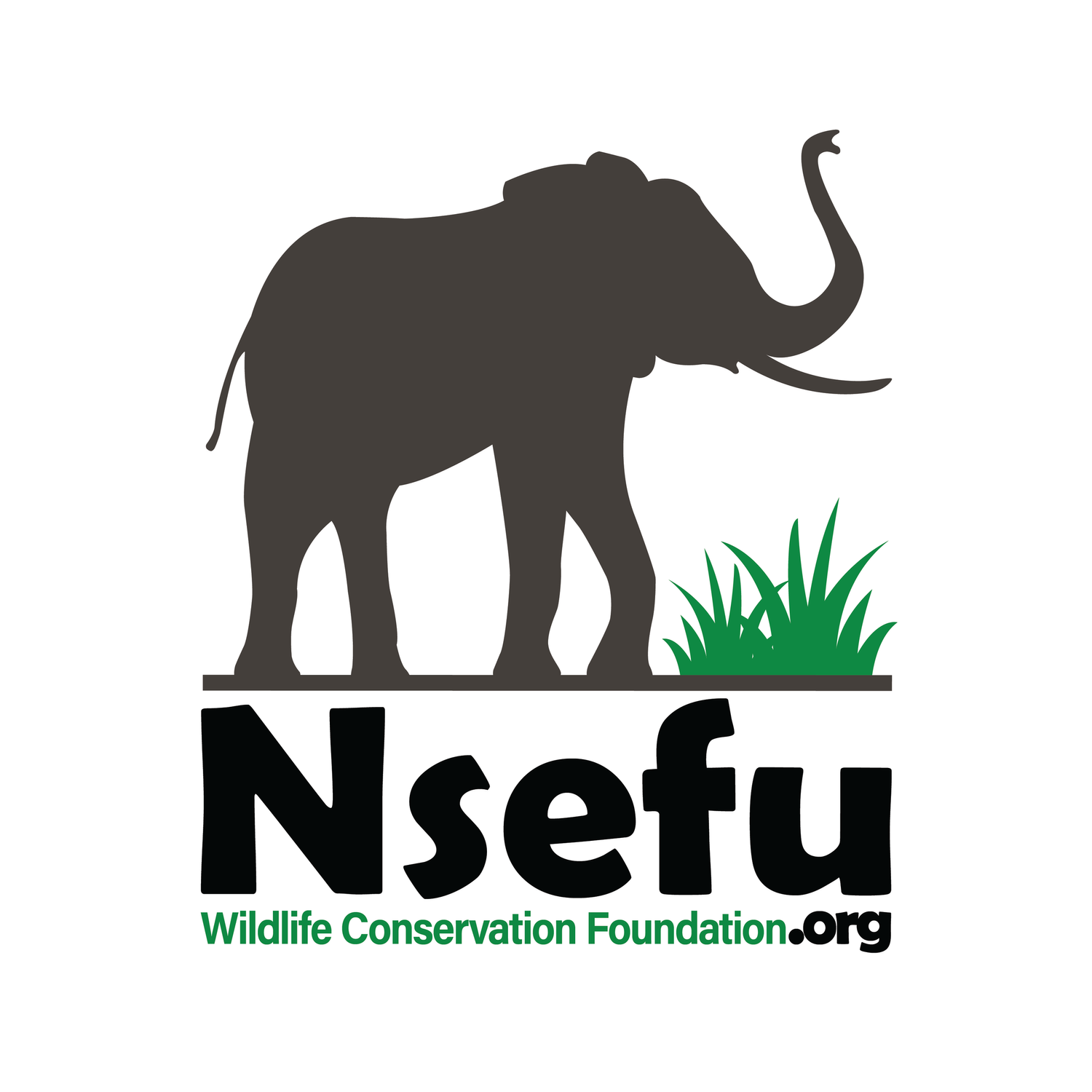Farming wild animals – is China the model for South Africa?
Posted on May 4, 2020 by Team Africa Geographic in the OPINION EDITORIAL post series.
Authors: Jamie Paterson (science editor) and Simon Espley (CEO) of team Africa Geographic
South Africa is a long-standing and respected leader when it comes to farming wild animals. Yes, there are instances of bad and biodiversity-damaging behavior (which we condemn via focused articles), but as an industry, the South African wildlife industry does earn its keep and its kudos, and it maintains sizable swathes of land for wildlife, and away from intensive crop and livestock farming. But recent moves by the South African government suggest that the game is about to change, and not for the better.
In 2019, the Ministry of Agriculture in South Africa quietly (and without public consultation or scientific research) passed a “minor amendment” to the Animal Improvement Act that reclassified 33 wild animals as farm animals – including lions, cheetahs, several antelope species, giraffes, zebras and both black and white rhinos. Now, the government plans to revise the Meat Safety Act of 2000 by expanding the list of animals to which the Act applies for slaughter, consumption, import, export, and sale. The intent was published in the official government Gazette on 28 February 2020. New animals added to this list now include impala, bushpig, warthog, giraffe, elephant, buffalo and rhinoceros.

